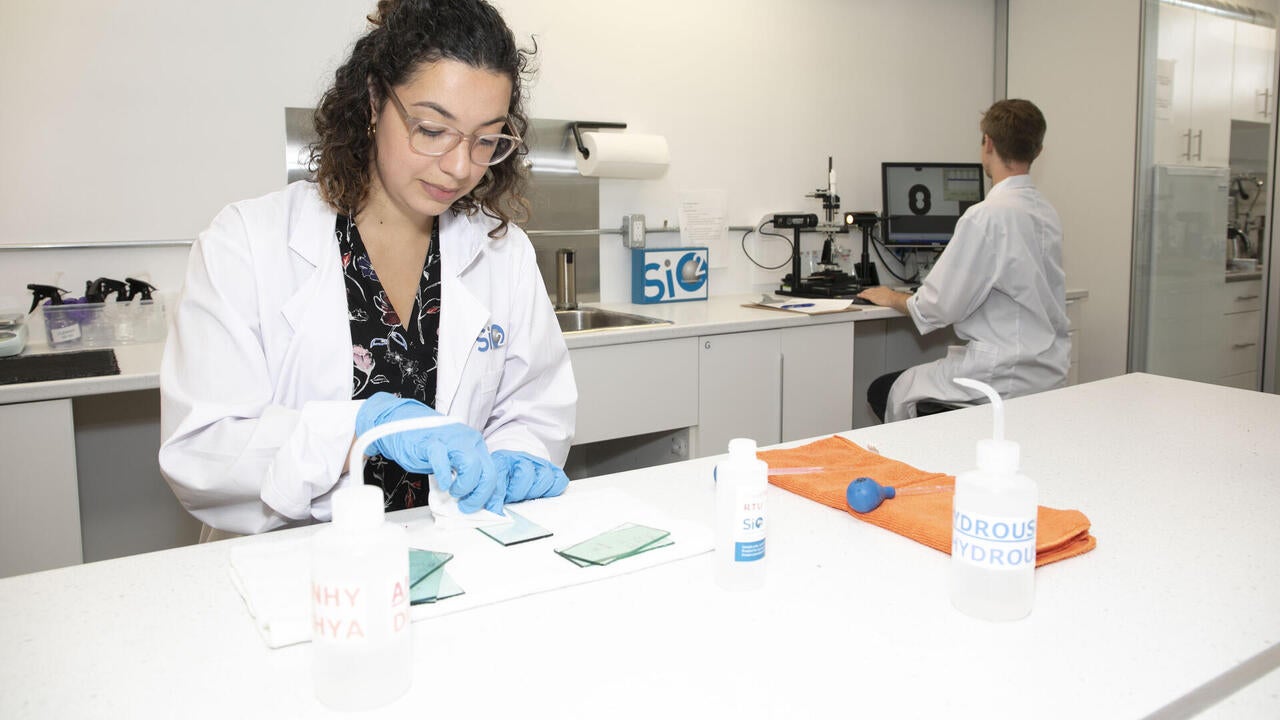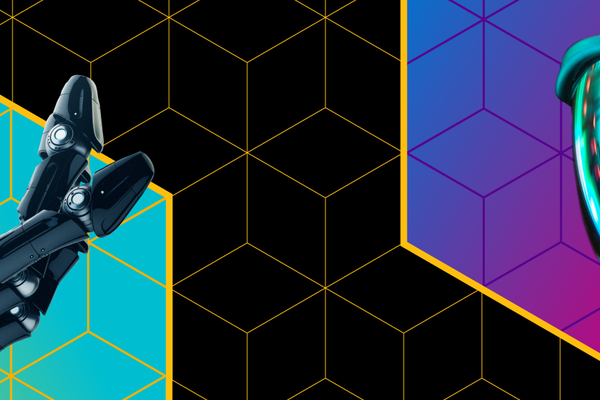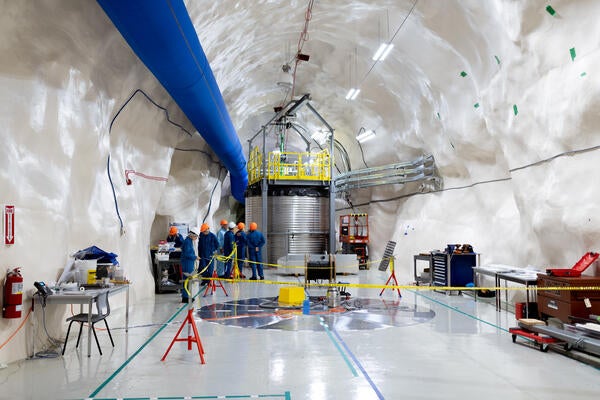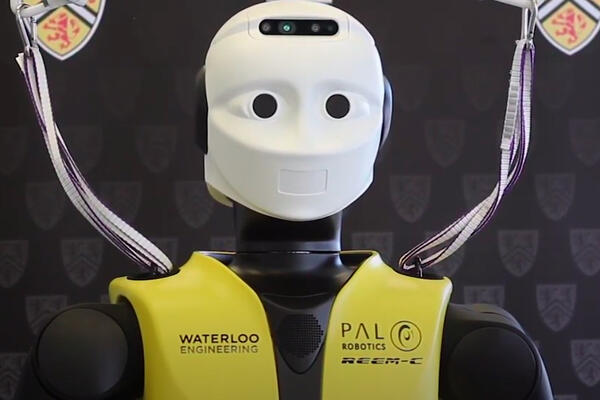
Engineering our way through a pandemic
'Scientists in action' are contributing to the COVID-19 fight with hundreds of research projects

'Scientists in action' are contributing to the COVID-19 fight with hundreds of research projects
By Mary Wells and Abbey Israel Faculty of EngineeringAs the first wave of the COVID-19 pandemic abates, we have a chance to catch our breath and reflect on the rapid changes our lives have experienced over the past six months. This includes both our work and social lives, and our dependence on science and technology to help us cope in a world where we must remain vigilant as we reopen our shuttered economies and control a second wave.
Understandably, most of the attention on innovation so far has been focused on the important work coming out of the health sciences – the hunt for a vaccine or an effective antiviral medication. But many other disciplines have been working toward important ideas and solutions as well. Canadians may be unaware of the many critical projects that rely on work in collaboration with various branches of engineering and science.

Mary Wells is Dean of Engineering at the University of Waterloo.
To understand how Canadian engineers are contributing to the fight against COVID-19, Engineering Deans Canada conducted a national survey on engineering research activities specific to addressing this pandemic and in preparation for future pandemics.
The survey confirms that Canadian engineering professors and their students have rapidly adapted their research to develop COVID-specific diagnostic, treatment and tracking solutions, as well as exploring the best way to restart a shuttered economy safely.
The survey results show close to 300 engineering research projects underway across Canadian universities — many of which have leveraged existing research projects but adapted them to focus on this health crisis.
Electrical and computer engineers are applying models and computational methods to understand how the infectious disease is spreading, optimizing the curve and learning from the data to make predictions on the pandemic status. In some cases, these models can be detailed enough to take into account the unique transmission and susceptibility rates for every individual based on age, transportation habits (cars or public transit), shopping patterns and health status.
Mechanical and mechatronics engineers are examining the development of anti-viral surface coatings but also the use of the 3D printers to cover the ever-increasing need for personal protective gear and other equipment, such as N95 masks, face shields, hands-free door openers and ventilator components.
Chemical engineers are creating self-cleaning surfaces from advanced polymer coatings and composites. They are exploring nanotechnology to make antimicrobial coatings that can kill bacteria, fungi and viruses, and superhydrophobic self-cleaning surfaces that can repel liquid droplets – even those troublesome ones that become airborne when someone sneezes.
Biomedical engineers are accelerating and scaling up the production of vaccines and the way they are delivered. They are also involved in formulating a better understanding of the interactions between our bodies and the molecular entities that exert the therapeutic effects of medicines. A significant challenge for any vaccine will be the scalability of production to generate sufficient doses. An example of this is the development of a dual-modality DNA-based COVID-19 vaccine that could be delivered through a nasal spray. And they are working to prepare the production and supply-chain delivery process that will efficiently manufacture and dispense the billions of doses needed to ensure populations are quickly protected.
Civil engineers are using their knowledge around transportation, city planning and risk management to help us understand the impact on disruptions of supply chains on the everyday lives of people as well as our health-care systems. Network science, machine learning, systems analysis, and multi-objective optimization linked to our physical and infrastructure and the ways people interact in these spaces are being developed to help guide decision-makers around re-opening of our facilities.
Environmental engineers are examining the persistence of coronavirus in our environment and the efficacy of measuring its presence in our water systems as a marker for coronavirus in our communities. Wastewater can reveal the presence of the virus even before cases are confirmed in a community, since those who haven’t been tested, with mild or no symptoms, still shed the virus through urine and feces. This knowledge can be translated into the use of early warning systems that will alert public health authorities about an outbreak before people start to show symptoms.
Engineers are our “scientists in action” and they have responded swiftly to help fight COVID-19. Let’s not forget them when we examine the many initiatives Canadians are undertaking to make our country function in this new reality.
We all have a role to play and Canadians are rising to the challenge.
Mary Wells is Dean of Engineering at the University of Waterloo.
Abbey Israel is a first-year biomedical engineering student at Waterloo.

Read more
Eight Waterloo researchers receive $25,000 each to develop health-tech solutions for Grand River Hospital, St. Mary’s Hospital and the KW4 Ontario Health Team

Read more
New collaboration will allow quantum researchers to study effects of solar radiation on quantum computing

Read more
New Waterloo Engineering-led research quickens the response time for robots to react to human conversation
The University of Waterloo acknowledges that much of our work takes place on the traditional territory of the Neutral, Anishinaabeg and Haudenosaunee peoples. Our main campus is situated on the Haldimand Tract, the land granted to the Six Nations that includes six miles on each side of the Grand River. Our active work toward reconciliation takes place across our campuses through research, learning, teaching, and community building, and is co-ordinated within the Office of Indigenous Relations.